Up Next

Fernando Alonso’s return to Formula 1 with Renault marks the addition of a blockbuster driver to the grid in 2021.
But while it answers one of the main driver market questions – who will replace McLaren-bound Daniel Ricciardo? – this is far from the end of the story.
Alonso’s return will be one of the major storylines of 2021, and he will no doubt have his moments in the spotlight before then as well.
Let’s take a look at some of the big questions Renault’s decision to sign Alonso now poses.
How will Alonso be affected by his time away?
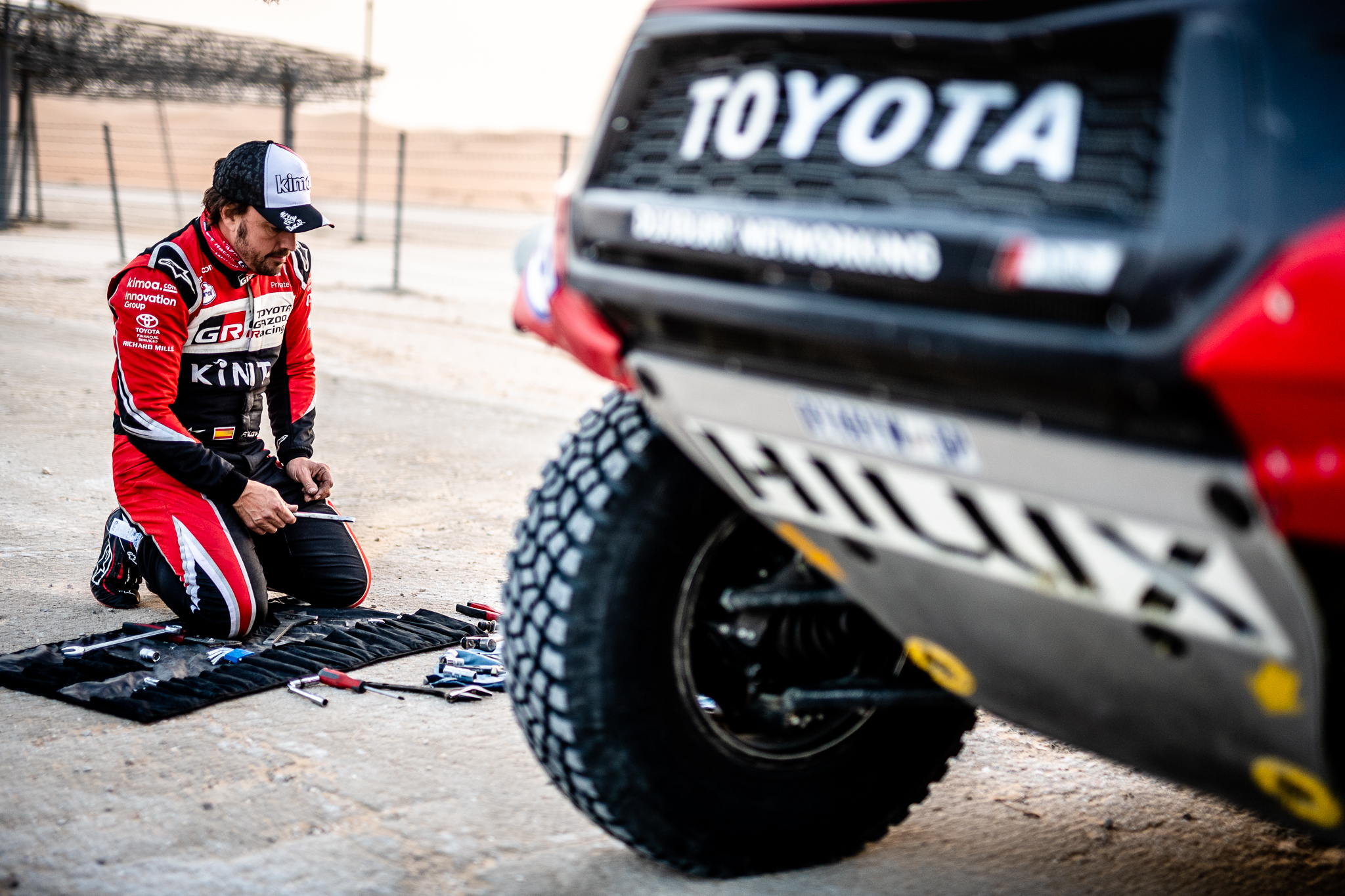
This is such an unknown it could have an entire article devoted to it, but it is a question that will help design the success of this reunion.
Alonso has not sat on the sofa since the 2018 Abu Dhabi Grand Prix. He had already begun launching himself into other disciplines in the 18 months leading up to his departure from F1, and he’s been busy in sportscar racing, IndyCar, Dakar rallying and most recently esports (including The Race Legends Trophy) with varying degrees of success.
Racing LMP1 cars at Le Mans, winning the famous race twice as well as the World Endurance Championship, will have given Alonso a different perspective and experience that may well enhance his toolset in F1.
But Toyota’s dominance of the WEC means he has pretty much been out of the pack racing that defines at least the opening lap of a grand prix, and his failure to qualify for last year’s Indianapolis 500 means he hasn’t raced a single-seater since Abu Dhabi 2018.
None of that means Alonso’s necessarily a worse driver than when he stopped in 2018, but he will not be in the same groove as others after two full seasons in F1.
Speaking of which…
Does Alonso have time to get back up to speed?
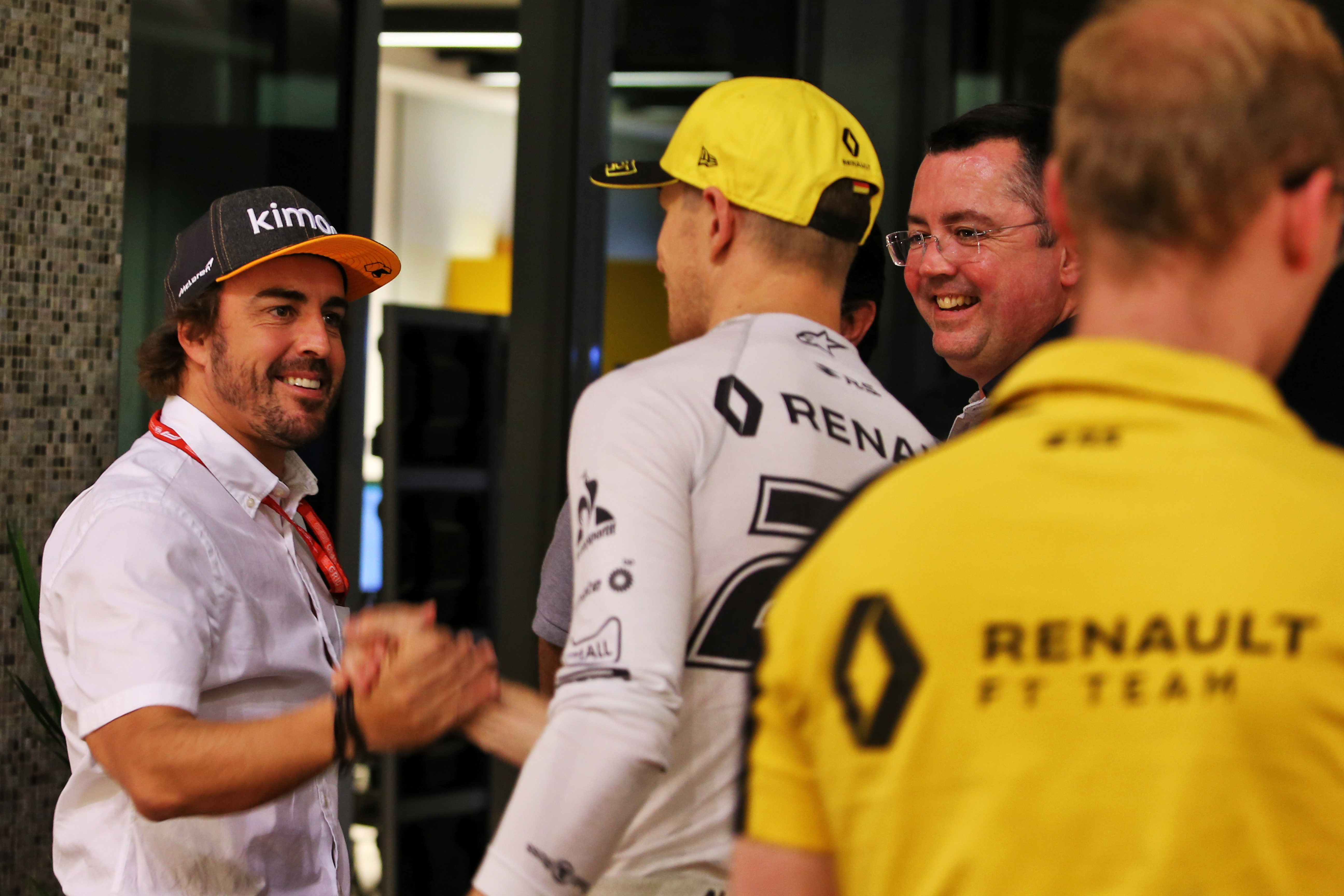
The 2020 season is not the only thing hit by the coronavirus pandemic. Its impact will be felt in future years as well, starting with what kind of pre-season there will be in 2021.
Last weekend’s Austrian Grand Prix kicked off an intense schedule and though there’s no complete calendar in place, it looks as though a run of 12 races in 15 weeks is possible.
The season will be completed later than planned in mid-December, meaning the teams will have been aggressively put through their paces.
To compensate for that, and in the interest of cost-saving, it has been suggested that next year’s pre-season schedule will be even shorter than this year’s six days of running – and that was already the shortest pre-season ever.
So Alonso’s going to have very little time to get up to speed, in a car that his team-mate Esteban Ocon will know very well because the 2020 cars are being mostly carried over for 2021.
Will he drive for Renault in 2020?
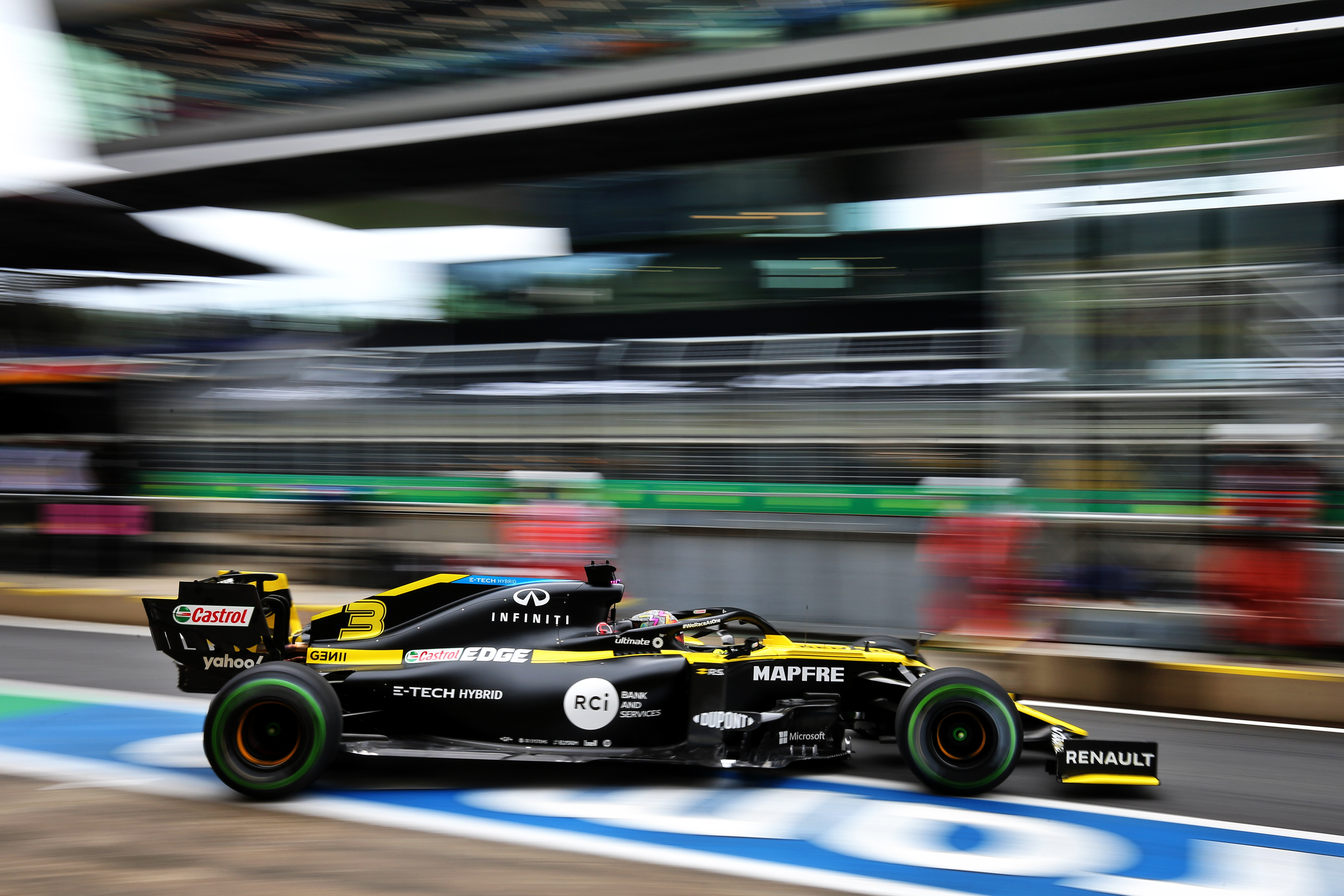
The carry-over of cars also means Alonso’s midfield competitors – those who aren’t shuffling teams anyway – will be dialled in before Alonso even has a chance to get back on-track.
Or will they?
With Ricciardo leaving, and provided there are no contractual hurdles, Renault would surely have little concern bumping him out of the seat for a Friday practice session to help Alonso get accustomed to Renault’s 2020 car and the team.
But even if that’s not possible, F1’s rules facilitating testing cars that are at least two years old could be a saving grace.
Renault showed before the 2020 season opener that it’s got the budget and the willingness to put an old car on track if there’s a benefit there.
There are few bigger benefits than making sure your massive signing has a chance to get into the swing of driving an F1 car again – especially as it’ll give him some point of reference for the 2020/21 car as well.
Is he too old?
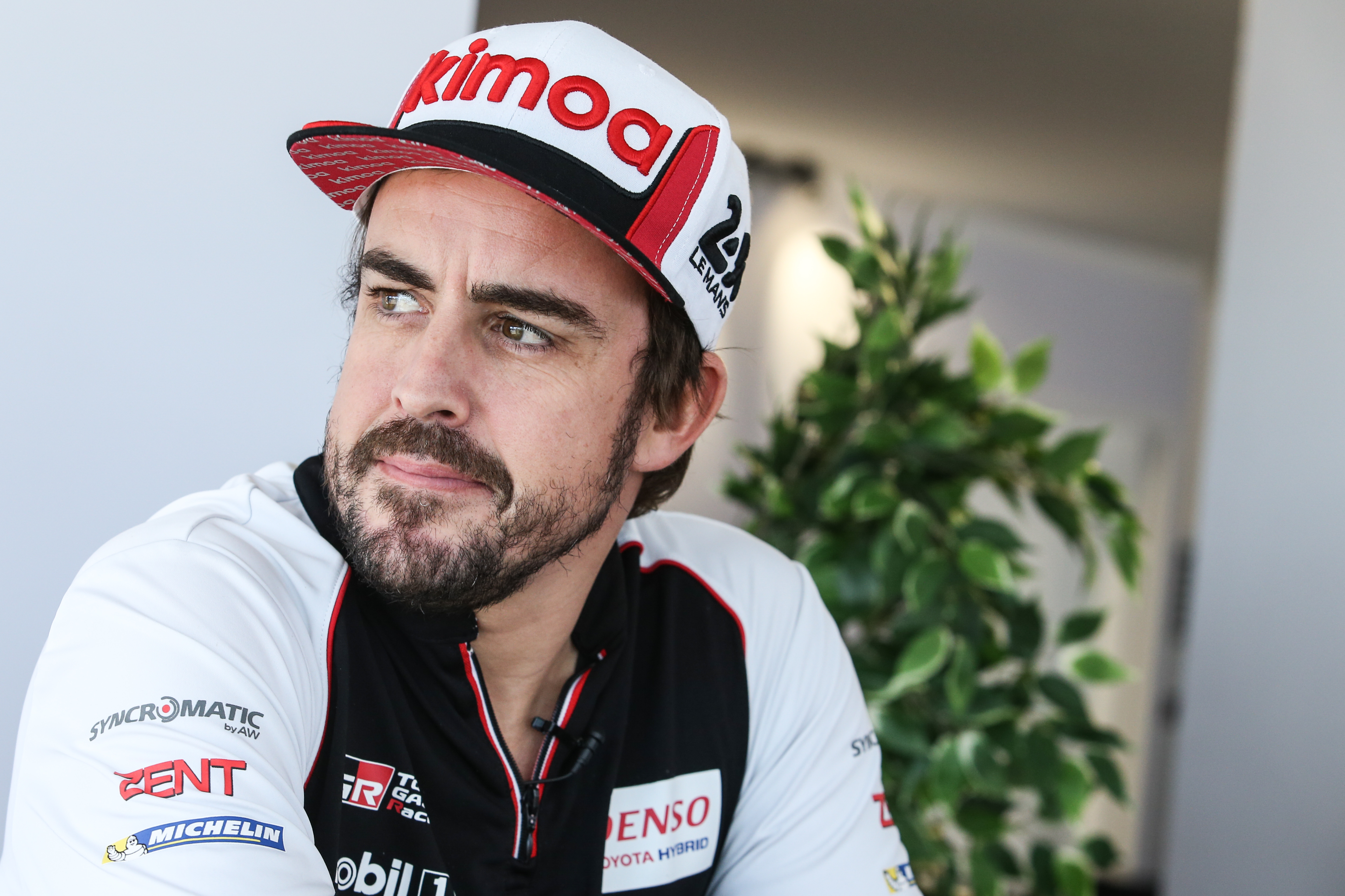
A lot can change in two years, but when Alonso was heading for the exit door he was very aware of the risks associated with a 2021 comeback.
Back then, he was talking as if it was a sabbatical for 2019 ahead of a 2020 return, or nothing.
“I think at that time, 2021, it will be a little bit too late,” he told ESPN.
“I don’t know for certain because it’s difficult to know how you will feel in two weeks’ time, so I don’t know in two years’ time, but to have the energy to start back up and to put full dedication and full commitment to something when you’re 39 or 40 years old, it’s going to be more difficult than now.
“I am not planning that.”
And yet here we are. Alonso was said back in May to be ready and motivated to return to F1, so clearly feels he can do a job.
But how good, who knows? Only 11 drivers have won a grand prix at an age older than Alonso will be when he rejoins the grid in 2021 – nine if you discount the two Indianapolis 500 winners on the list.
The last time a driver 40 or older won in F1 was Nigel Mansell’s Australian Grand Prix victory in 1994 aged 41. Before then you have to go back to 1970, when Jack Brabham triumphed in South Africa at the age of 43.
What will this do for Alonso’s legacy?
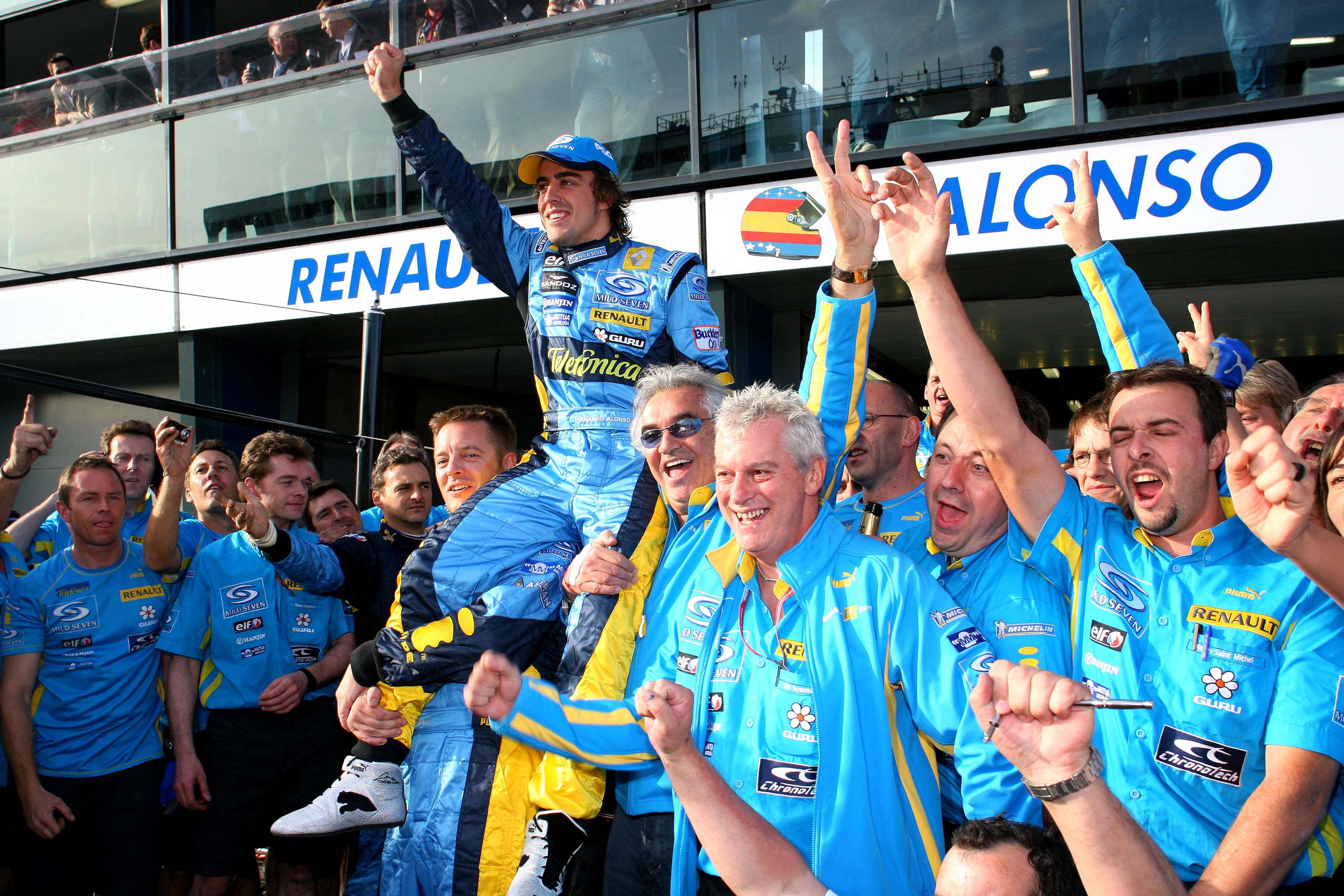
Despite spending his final five years in F1 not winning, Alonso is remembered as one of the greats. That’s how he good he was.
Is there a risk that this return, if it is steeped in mediocrity because of car or driver, will shift his legacy from a driver who didn’t know when to quit to a driver who really should have known when to quit?
Or will it enhance it further, with some heroic efforts in the midfield – a la Azerbaijan in 2018 – or being the man to score Renault’s first podium since returning to F1, or maybe even a first win?
Maybe it’ll all even out and Alonso will disappear the same way he did back in ’18, but that seems unlikely for a driver with such high expectations, and who we all have such high expectations of.
Will he give Renault time to do what it needs to do?
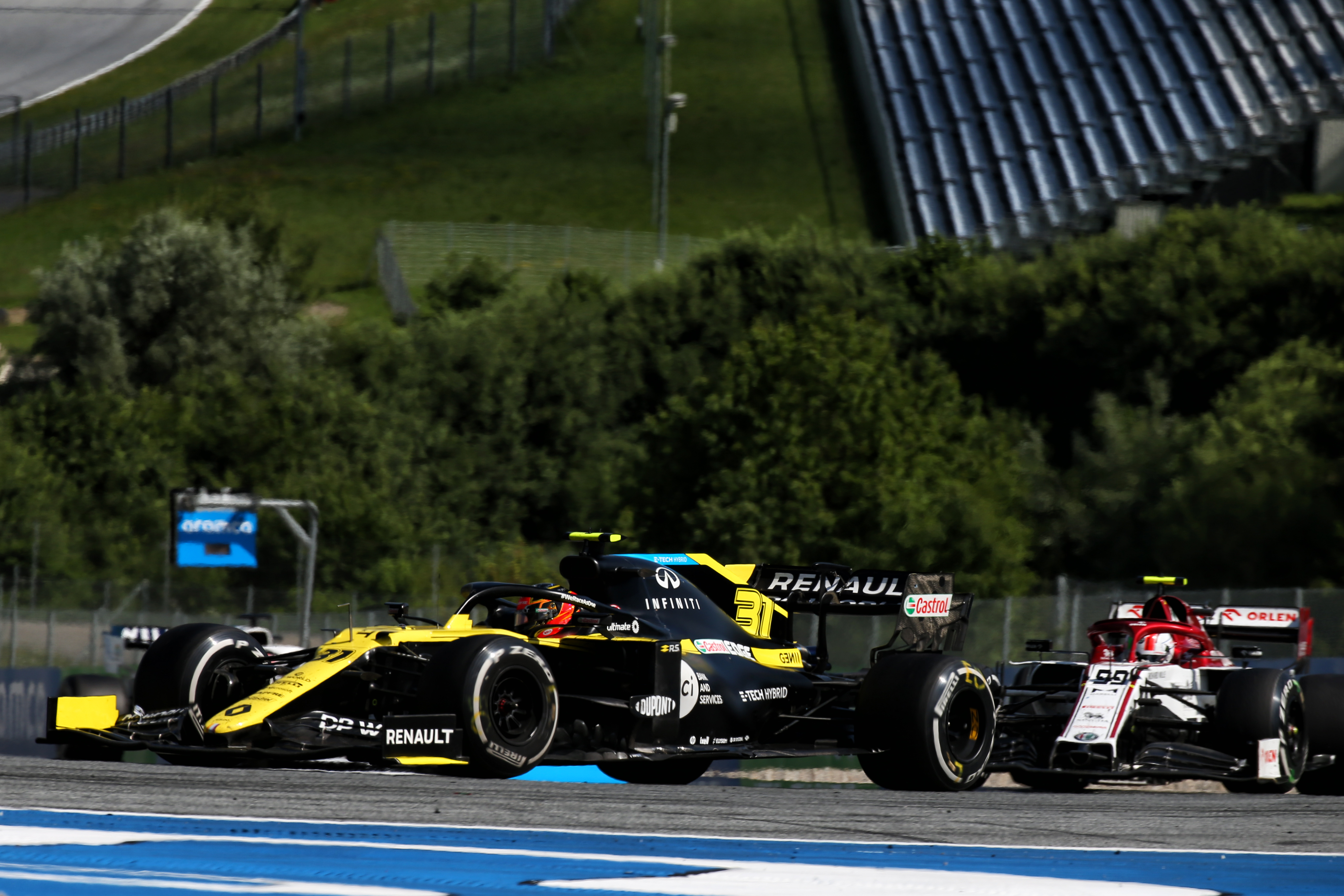
Renault’s been a midfield team since it rejoined the F1 grid in 2016, but it hopes a revised technical structure will nail the new car rules for 2022 and vault the team to race-winning form and title contention.
But that’s optimistic, because it requires a big change in Renault’s ability to turn potential into results.
So Alonso will have to go back to sniping for decent points finishes again in 2021, given Renault started the 2020 season struggling at the bottom of the top 10 and is unlikely to be more than fighting for best of the rest again next year.
If Alonso wants to make this worthwhile, and stick around, he’ll need to be patient. Even a two-year spell at Renault will probably not be long enough to get close to the results he wants.
Will Alonso give up on his Indy ambition?
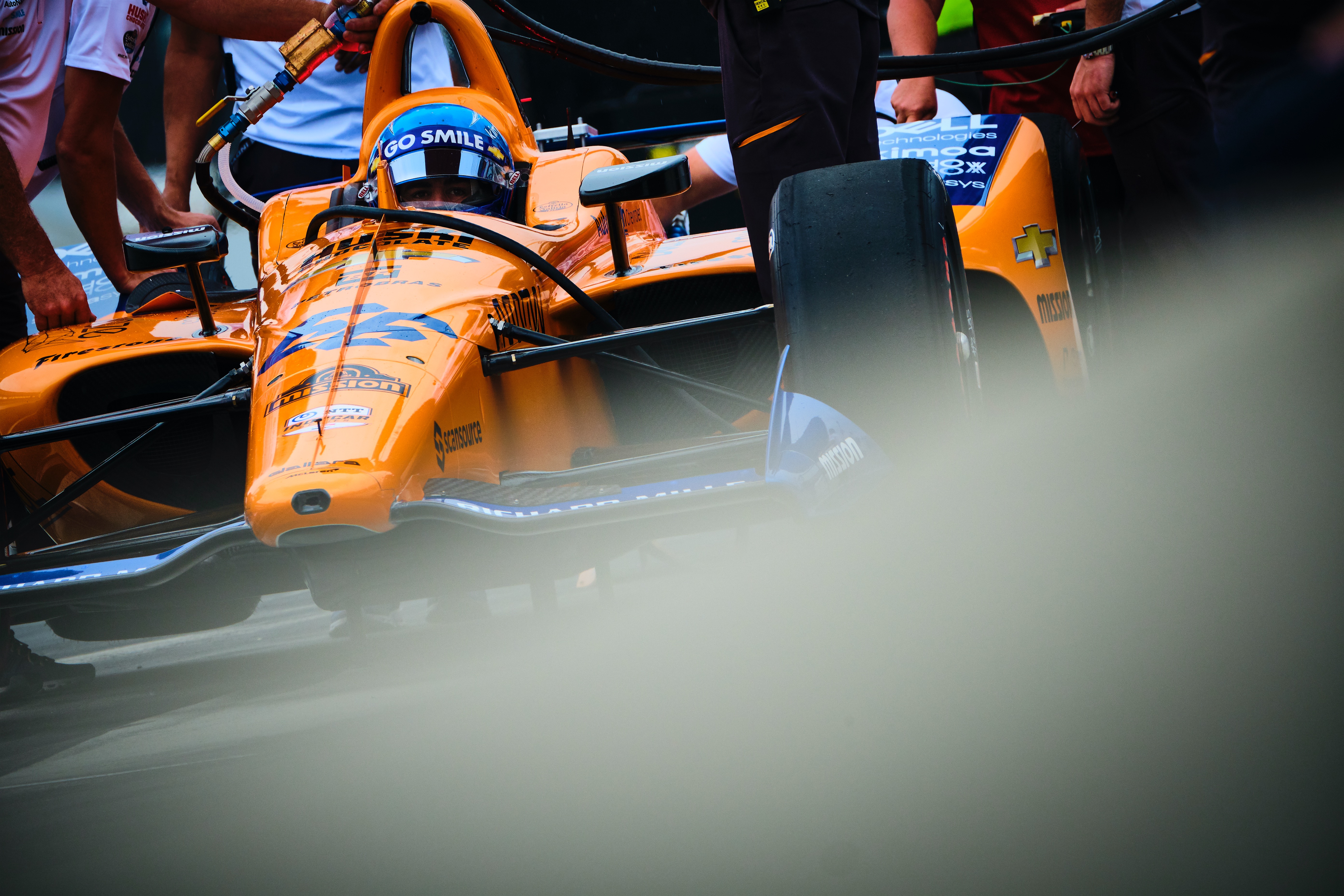
Alonso’s desire to win the Triple Crown of motorsport will take him to Indy for the third time in August. Although he didn’t qualify for his second attempt…
Alonso is reuniting with McLaren for his 2020 Indy bid in the form of the British team’s Arrow McLaren SP outfit, driving a third car alongside Oliver Askew and Patricio O’Ward.
But can Alonso realistically challenge for victory? Coronavirus restrictions mean travelling to the United States is still difficult, so many unknowns remain regarding his ability to visit and begin his preparations.
So if Alonso’s third crack at Indy is thwarted, will he not simply want to go back and try again? Clearly that motivation burns brightly.
And though the stars seem to align next year to make an Indy/Monaco GP double-up possible – because the two races won’t actually clash – the spread-out format for Indy means Monaco will presumably clash with the 500’s qualifying.
It’s unlikely Alonso will want to sacrifice early momentum in his F1 comeback to head back to Indy, and if Renault’s more competitive in 2022 or 2023, he’ll not want to break his campaign to miss Monaco then either.
That shuffles Alonso along to his early 40s, by which time his Indy dream – and the Triple Crown – could be long gone.
How’s this going to affect Ocon?
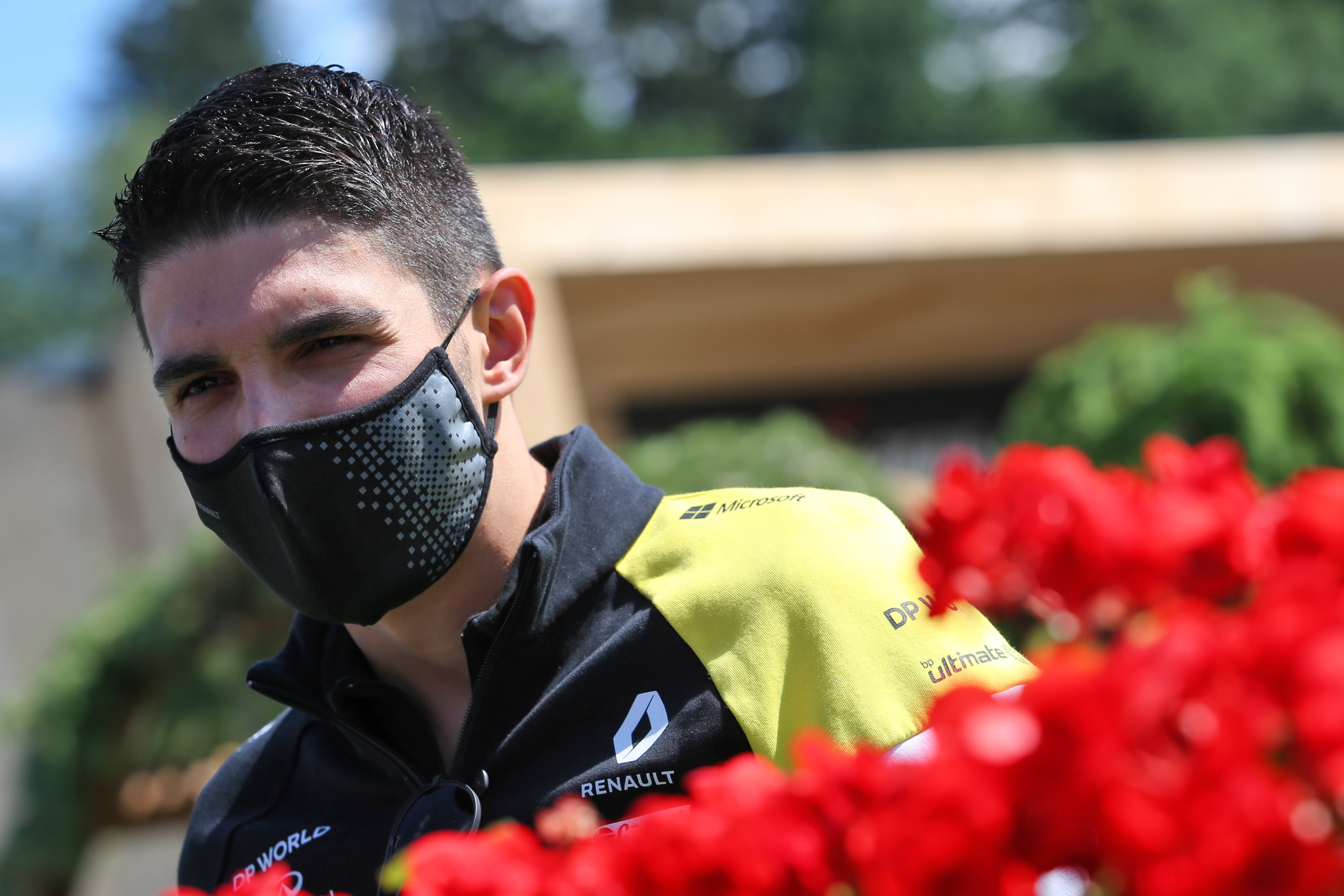
“I have a great relationship with Fernando,” says Ocon. “The helmet I have, and the only swap I did in between the drivers, was with him and he was the one with Michael [Schumacher], his fights back in the day, that gave me the love for the sport.
“So I don’t know if he’s going to join or not, but definitely if he could come back with me [as a team-mate] I would be very happy.”
Ocon’s clearly all for it, but the reality is a driver like Alonso is a juggernaut who can dominate a team and be a horrible team-mate – not necessarily through actions or politics off-track, despite his reputation, but his qualities on it.
Just ask Stoffel Vandoorne what Alonso can do for a quality young driver’s reputation.
If Alonso is quickly back to his old self, he will be difficult for Ocon to beat. And if even Alonso’s lagging behind, he has the experience off-track to mould the team around him and the canniness on-track to turn a lack of blistering pace into an unfathomably good result.
This could destabilise Ocon at a time when his career should be getting a new lease of life.
He was shunted to the sidelines by Renault’s last decision to chase a big-name driver, and could slip into shadows with its latest one.
Or, will it be the making of him – a brilliant opportunity to work alongside and learn from one of the great drivers in F1 history, and reinforce his own reputation by beating Alonso?
Was Alonso really the best option?
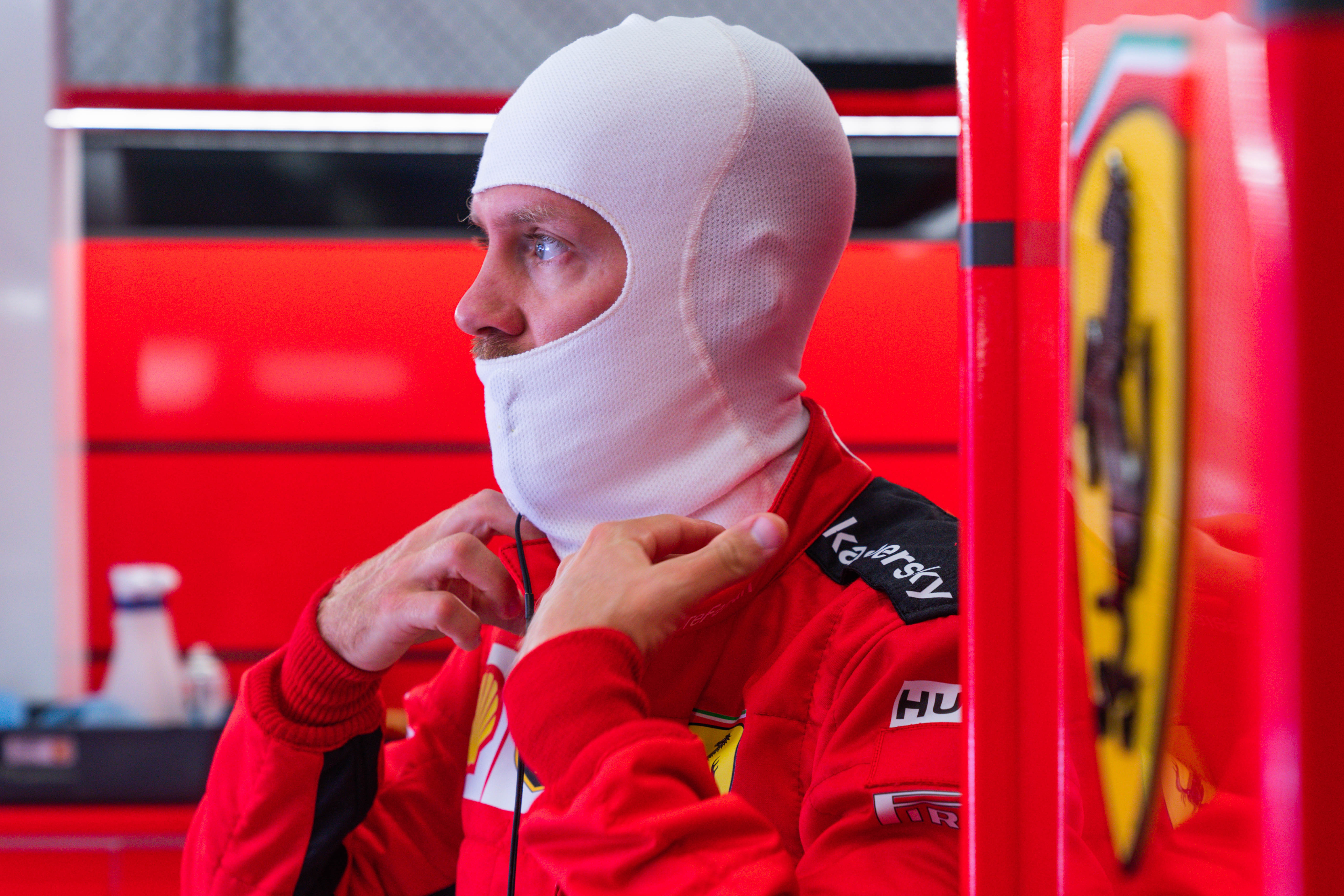
This is a near-impossible question to answer but if you assume Renault had a legitimate shot at Alonso, Sebastian Vettel, Nico Hulkenberg and any realistically available driver… then Alonso at his peak is the best option.
In isolation.
When you factor in what it could do to Ocon, Alonso’s sometimes fractious relationships with teams, and the pressure it puts on Renault to produce… maybe not.
Some of the answers to the previously-asked questions in this list will inform the answer to this one. But with what Renault has available at the moment it has landed the most blockbuster driver, no doubt.
Does this mean Renault’s Academy is pointless?
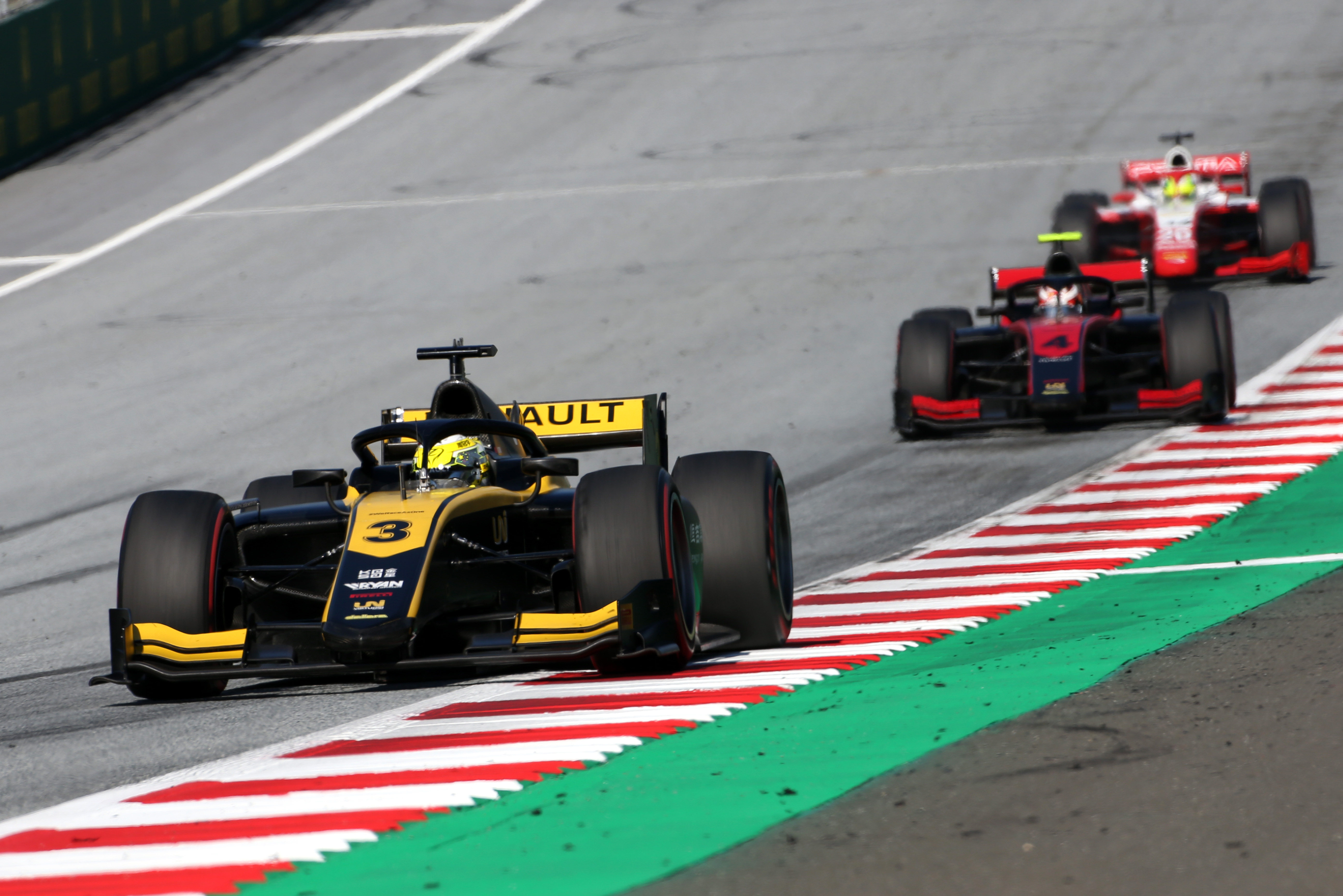
Last, but not least, what must Guanyu Zhou or Christian Lundgaard be feeling right about now?
It’s likely that Lundgaard’s happy to bide his time given he’s only a Formula 2 rookie but with a title shot expected of Zhou this season, plenty of backing and the serious appeal of a Chinese driver it’s hard to see how he could have been faced with a better opportunity to get to F1 in 2021.
Now, with two drivers in F2 and one with, potentially, all the necessary credentials to be an F1 debutant next year, Renault’s not interested.
Of course Alonso is a better option than a rookie out of F2, for myriad reasons, but it does call the purpose of the Academy into question – at least in terms of Renault putting drivers in F1.
As far as an opportunity to improve their skills and observe an F1 team at close-quarters goes, the Academy is far from pointless.
But with no customer teams on the grid from 2021 and no interest in picking from its own crop to replace Ricciardo, their prospects within Renault seem limited.
So, perhaps they’ll feel aggrieved. But Renault’s not a charity. It wants a return on its investment and its primary investment is the F1 team – for which Alonso is a better option for 2021 and probably even 2022.
Renault provides good experience for its proteges and even runs an entire series for young drivers, which is an impressive commitment.
So the Alonso move is less a question about the validity of Renault’s Academy, and more about what it can do to provide the final F1 stepping stone in the future.








